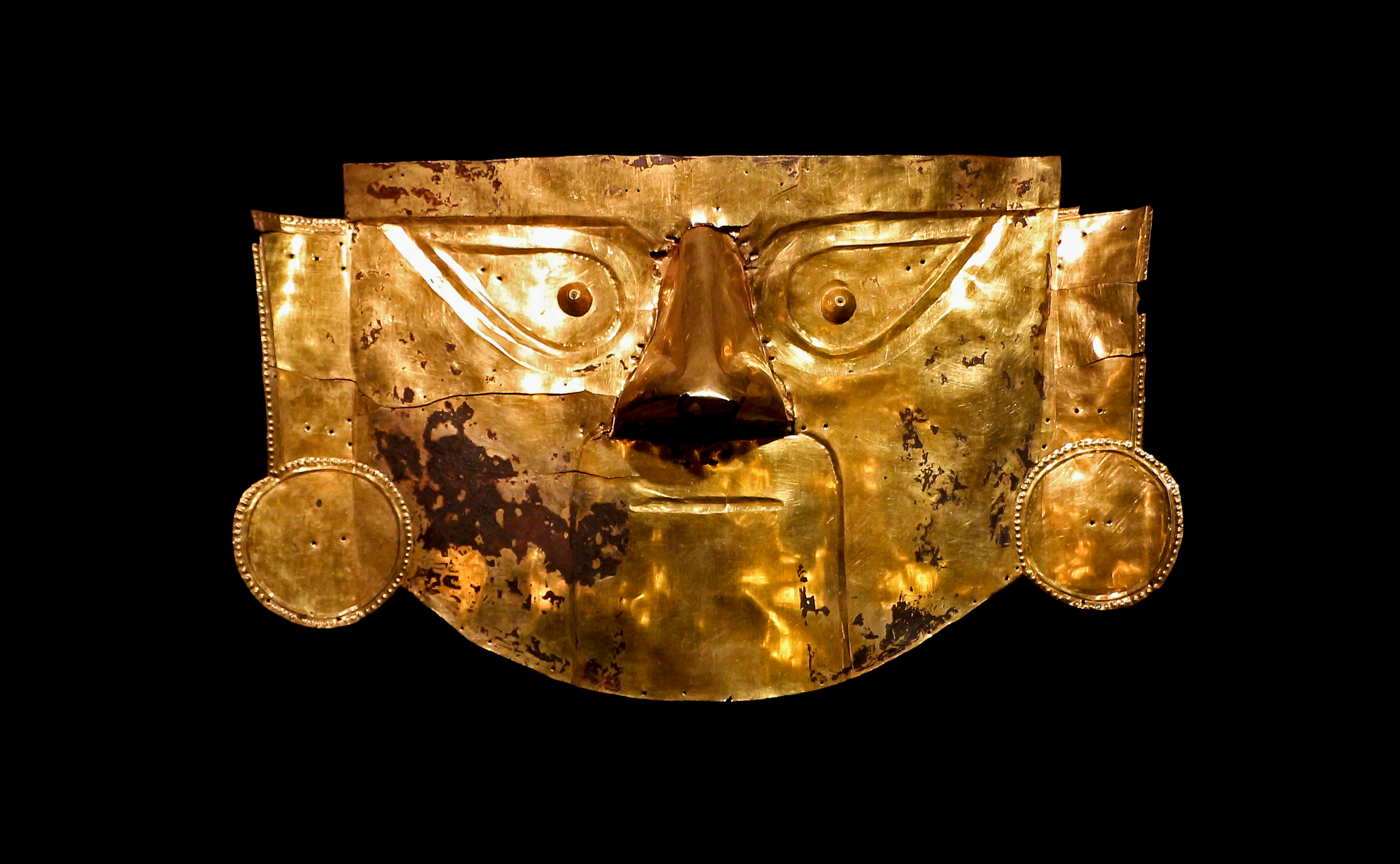Brüning Museum on:
[Wikipedia]
[Google]
[Amazon]

 The Brüning Museum, also known as Museo Regional Arqueológico Enrique Bruning de Lambayeque was inaugurated in 1966 and it is located in two blocks of the principal park in
The Brüning Museum, also known as Museo Regional Arqueológico Enrique Bruning de Lambayeque was inaugurated in 1966 and it is located in two blocks of the principal park in International Directory of Performing Arts Collections and Institutions
It is an excellent museum based on the collections that Bruning gathered at the end of the 19th century and the first decades of the 20th century. The Peruvian government acquired this collection from Bruning in 1924. This museum has been constantly enriched by pieces obtained in confiscations, donations and discoveries. The most recent procurement are the pieces acquired in the Tomb of the "
Monografias on-lineBrüning Museum
on HowToPeru Museums in Peru Buildings and structures in Lambayeque Region Tourist attractions in Lambayeque Region Museums established in 1924 1924 establishments in Peru {{Peru-museum-stub

 The Brüning Museum, also known as Museo Regional Arqueológico Enrique Bruning de Lambayeque was inaugurated in 1966 and it is located in two blocks of the principal park in
The Brüning Museum, also known as Museo Regional Arqueológico Enrique Bruning de Lambayeque was inaugurated in 1966 and it is located in two blocks of the principal park in Lambayeque, Peru
Lambayeque is a city on the coast of northern Peru and capital of the homonymous district and province in the department of Lambayeque. It is located 4.7 km from the city of Chiclayo and 13 km from the Pacific Ocean. It is an important cultural ...
. It was based on the collections of Hans Heinrich Brüning, a German researcher.It is an excellent museum based on the collections that Bruning gathered at the end of the 19th century and the first decades of the 20th century. The Peruvian government acquired this collection from Bruning in 1924. This museum has been constantly enriched by pieces obtained in confiscations, donations and discoveries. The most recent procurement are the pieces acquired in the Tomb of the "
Lord of Sipán
The Lord of Sipán (''El Señor de Sipán'') is the name given to the first of several Moche mummies found at Huaca Rajada, Sipán, Peru by archaeologist Walter Alva. The site was discovered in 1987.
Some archaeologists consider this find to be ...
". His remains and the mortuary trousseau are displayed at the museum. The Golden Room shows up to 500 works of art.
The museum was constructed as a modern and functional facility, inspired by the works of the 20th-century French architect, Le Corbusier
Charles-Édouard Jeanneret (6 October 188727 August 1965), known as Le Corbusier ( , , ), was a Swiss-French architect, designer, painter, urban planner, writer, and one of the pioneers of what is now regarded as modern architecture. He was ...
. The more than 1500 pieces come from different indigenous cultures, including an invaluable textile collection and ceramics of Chimú
Chimor (also Kingdom of Chimor or Chimú Empire) was the political grouping of the Chimú culture. The culture arose about 900 AD, succeeding the Moche culture, and was later conquered by the Inca emperor Topa Inca Yupanqui around 1470, fifty y ...
and Vicús. Thousands of golden objects are kept in sealed rooms, including funeral masks of copper, ceremonial vessels, an extraordinary necklace and jewelry of Mochica
The Moche civilization (; alternatively, the Mochica culture or the Early, Pre- or Proto-Chimú) flourished in northern Peru with its capital near present-day Moche, Trujillo, Peru from about 100 to 700 AD during the Regional Development Epoch. ...
and Chimú cultures, as well as pieces of the Lambayeque culture
The Sican (also Sicán) culture is the name that archaeologist Izumi Shimada gave to the culture that inhabited what is now the north coast of Peru between about 750 and 1375. According to Shimada, ''Sican'' means "temple of the Moon". The Sic ...
.
In the gardens of the museum is a statue dedicated to the mythical figure of Naylamp
The Sican (also Sicán) culture is the name that archaeologist Izumi Shimada gave to the culture that inhabited what is now the north coast of Peru between about 750 and 1375. According to Shimada, ''Sican'' means "temple of the Moon". The Sic ...
, founder of the Lambayecanos Kings' dynasty. The front facade has a mural with Lambayecanos motifs. The interior of the principal building is a sequence of four levels, which in total exhibit more than 1,400 archaeological pieces. These represent the Lambayeque, Moche, Chavín, Vicús, Inca
The Inca Empire (also known as the Incan Empire and the Inka Empire), called ''Tawantinsuyu'' by its subjects, (Quechua for the "Realm of the Four Parts", "four parts together" ) was the largest empire in pre-Columbian America. The admin ...
cultures and others. Some of the most important pieces date to more than 10,000 years ago.
See also
* List of museums in PeruNotes and references
External links
Monografias on-line
on HowToPeru Museums in Peru Buildings and structures in Lambayeque Region Tourist attractions in Lambayeque Region Museums established in 1924 1924 establishments in Peru {{Peru-museum-stub